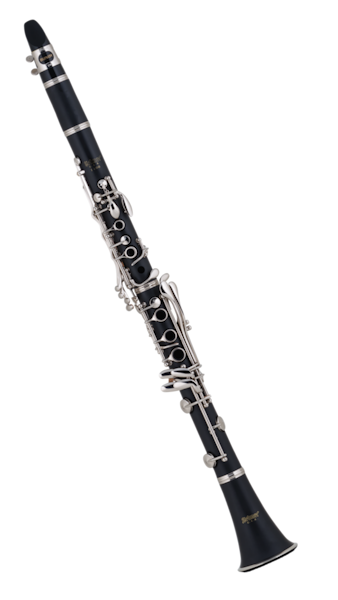Clarinet
Woodwind family
Listen to Examples
Guidelines for Success
- Hands are large enough to reach all keys.
- Fingertips are large enough to cover the tone holes on clarinet.
- Thumbs are not double-jointed.
- Eye-hand coordination is good.
- Reading skills are above average.
Clarinet Supplies
Call to Order
A quality instrument is crucial for successful learning. Parents can call (800) 637-6872 to order supplies from District 47's preferred vendor, Quinlan and Fabish, Mon-Fri. 11am-7pm or Sat. 9am-3pm or order online with the buttons below...
Method Book
5th grade students will read music from their own method book entitled, "Habits of a Successful Beginner Band Musician."

Music Stand
Students will set up their own music stand at full band. We use the Hamilton KB400N music stand and the Hamilton KB12 carrying bag.

3-Ring Binder
Please help our class run smoothly and organize our songs, worksheets and other handouts in a 3-ring binder.
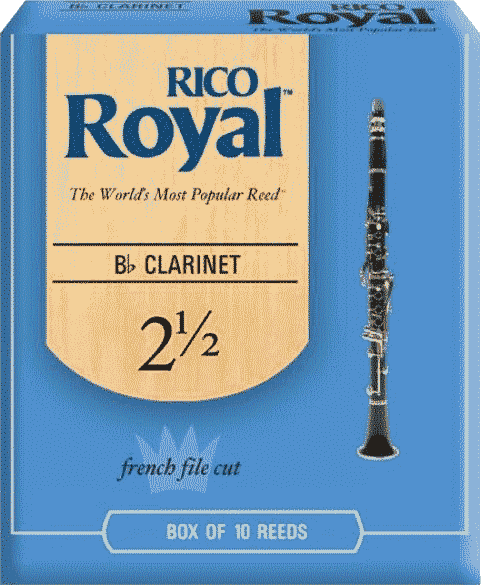
Reeds
When re-ordering, get the blue box of Rico Royal Bb Clarinet reeds, strength 2½. You need at least 3 good reeds at all times. Watch Video.
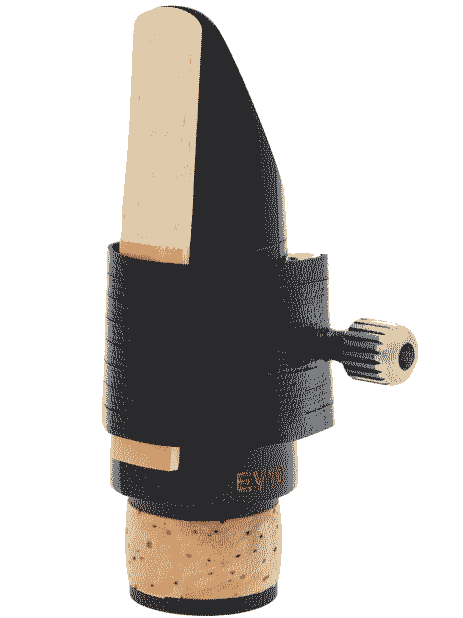
Ligature
Clarinet players will use a Rovner dark ligature to secure the reed on the mouthpiece - either a Backun Alpha or Fobes Debut mouthpiece. Watch Video.
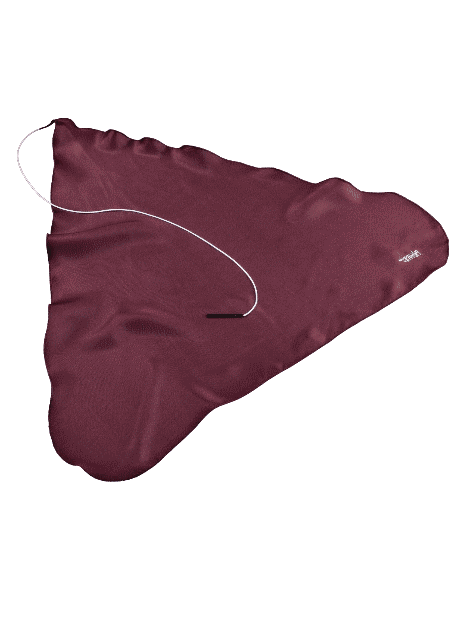
Swab
Use a hankie swab to keep your clarinet clean and dry after playing. NOTE: Felt swabs may get stuck. Watch Video.
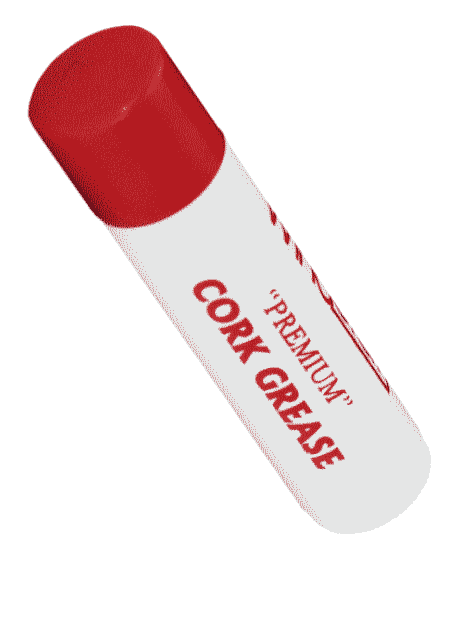
Cork Grease
Clarinets are easier to put together with cork grease. Watch Video.
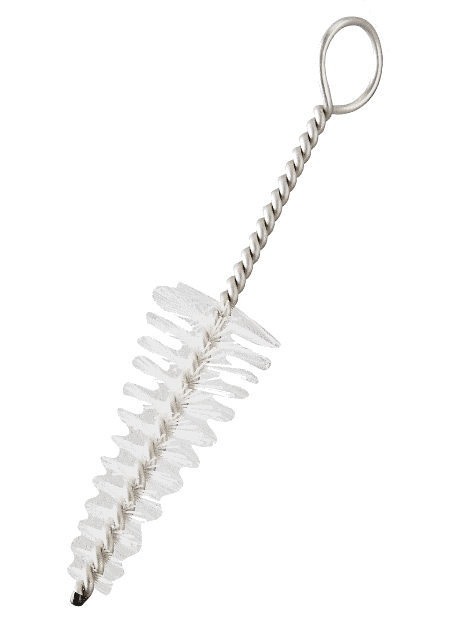
Mouthpiece Brush
Rinse in a sink when using brushes.
Recommended Brands
Origin of Clarinet
The word clarinet comes from the Italian word "clarino," used for an older type of high-pitched trumpet. Today the low range of the clarinet is still called the "chalumeau register," because of the low notes of the original chalumeau.
Inventor of Clarinet
In 1690, the German instrument maker Johann Denner invented the clarinet by transformaing the double reed "chalumeau" (shall-you-mo) into a single-reed instrument. Since the chalumeau could only play notes in a low range, he added a "register key" to allow his new instrument to play higher notes.
By the 1840's, two French instrument makers named Klose and Buffet had created a clarinet fingering system modeled after the flute key system designed by Boehm. Nearly all clarinets today are made with the Boehm system.
Clarinet Family
The clarinet family includes the Bb Clarinet, the A Clarinet (used in some orchestra music), the Bb Bass Clarinet, the Eb Soprano and Alto Clarinets, the Eb Contrabass Clarinet and Bb Contrabass Clarinet. Fingerings are virtually the same for all clarinets, making it possible for a clarinetist to play any of the instruments. As one of the primary instruments in the sound of a concert band, clarinets play melodies, harmonies, and solos.
Composers & Performers
Mozart, Brahms, Weber, Bartok, and Hindemith are among the important composers who have featured clarinets in their writing.

